In Yotsuya, Shinjuku-ku, Tokyo, there are notable figures and places worth mentioning. “Oiwa-san,” featured in Japanese ghost stories, was an actual person, and there is also the grave of the famous ninja who served the Tokugawa family, Hattori Hanzo. Additionally, many young people visit the staircase from the final scene of the anime “Your Name.(Kimi no nawa)”
Suga Shrine (須賀神社)
The location of the final scene of the anime “Your Name” is Suga Shrine Otokozaka (須賀神社男坂) in Yotsuya 3-chome, Tokyo. These stairs lead to the approach of Suga Shrine, which is a historic shrine.
The principal deities are Susanoo-no-Mikoto(須佐之男命) and Uka-no-Mitama-no-Mikoto(宇迦能御魂神).
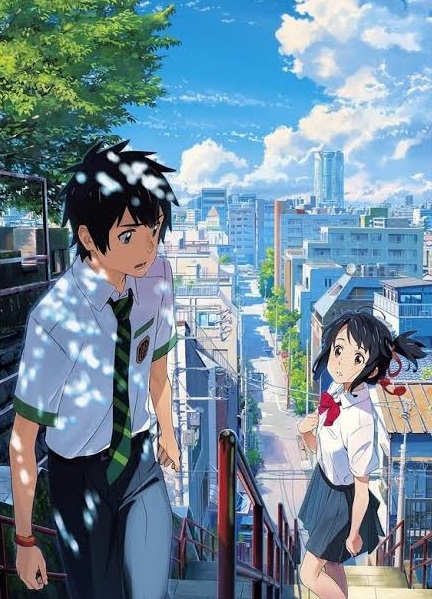
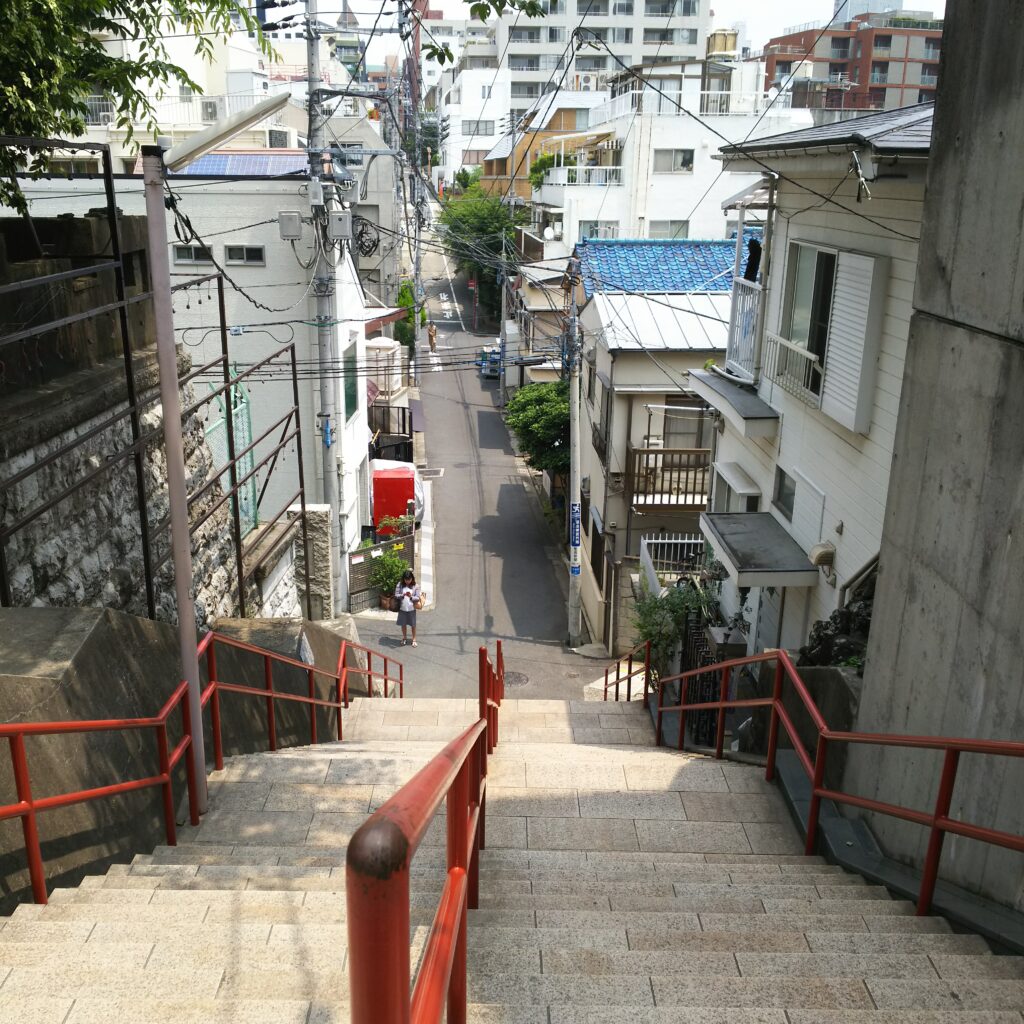
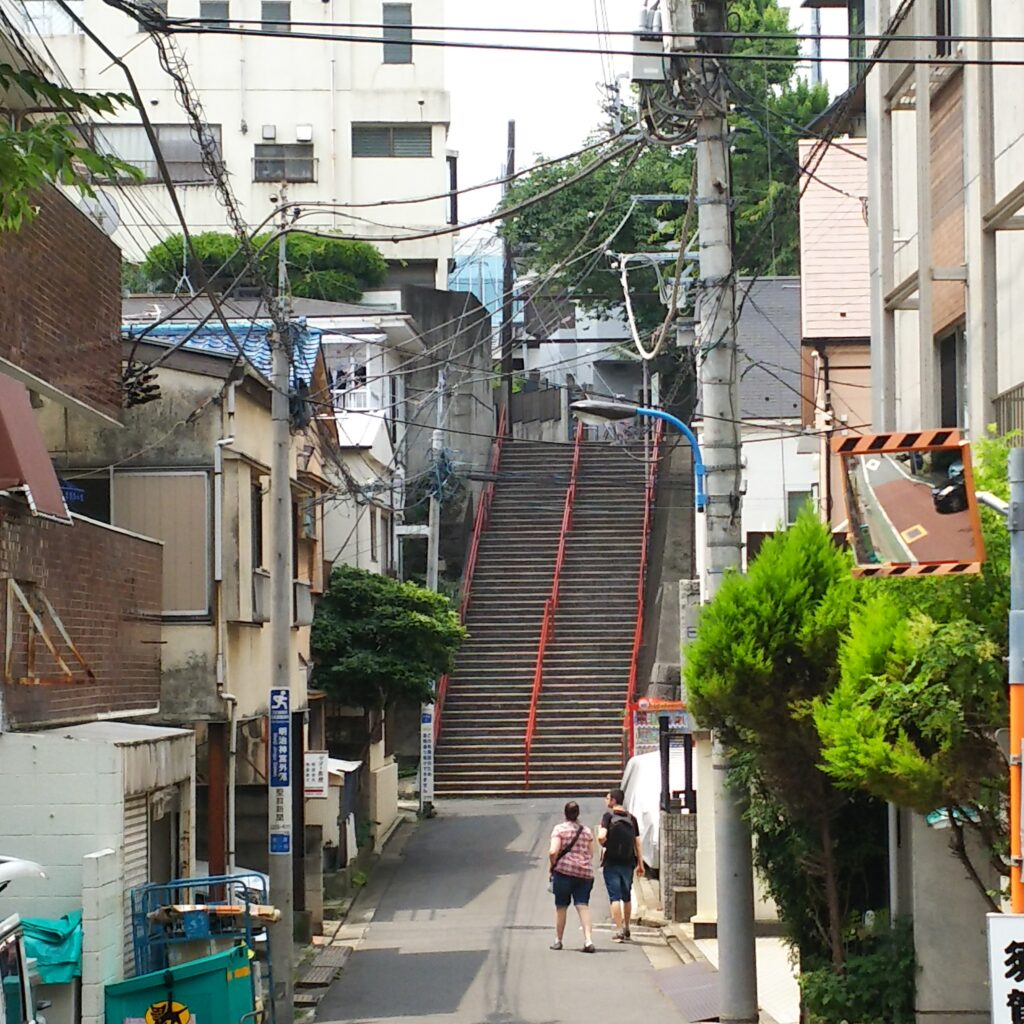
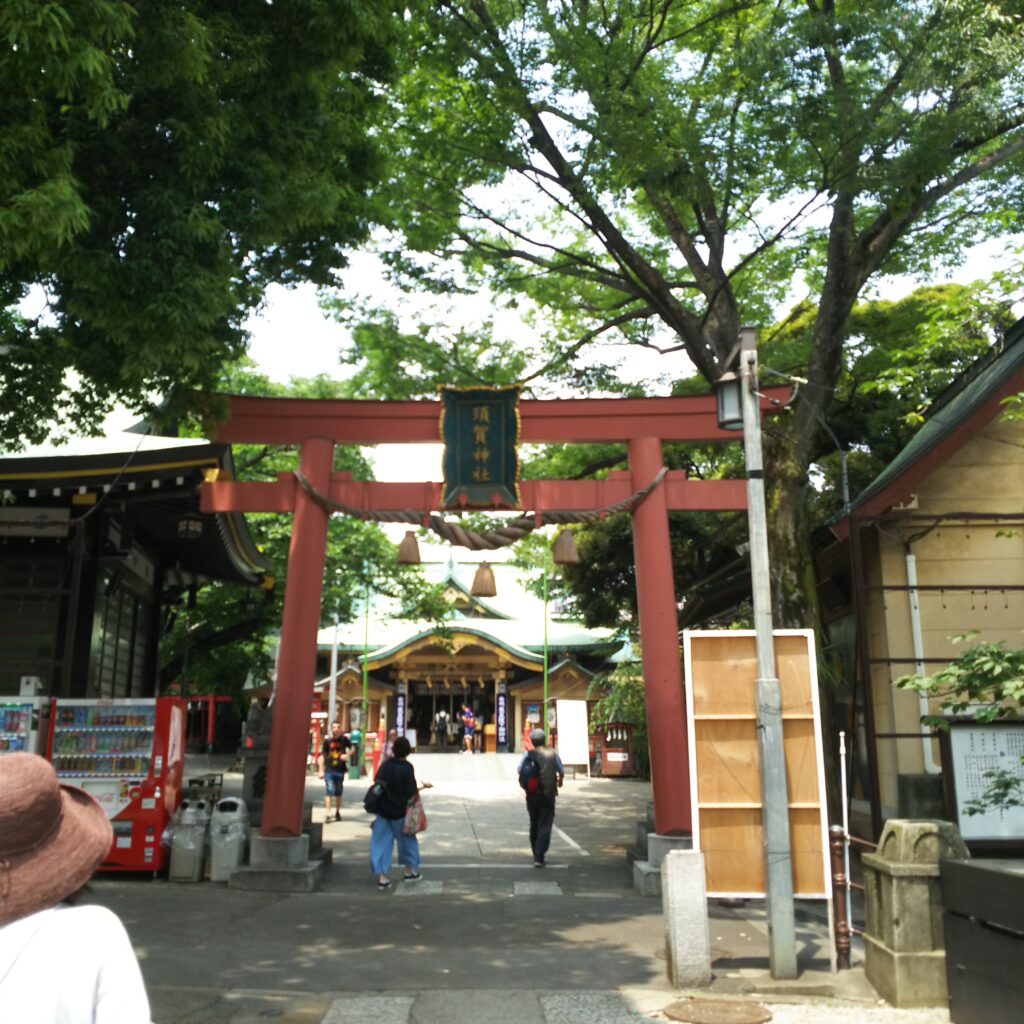

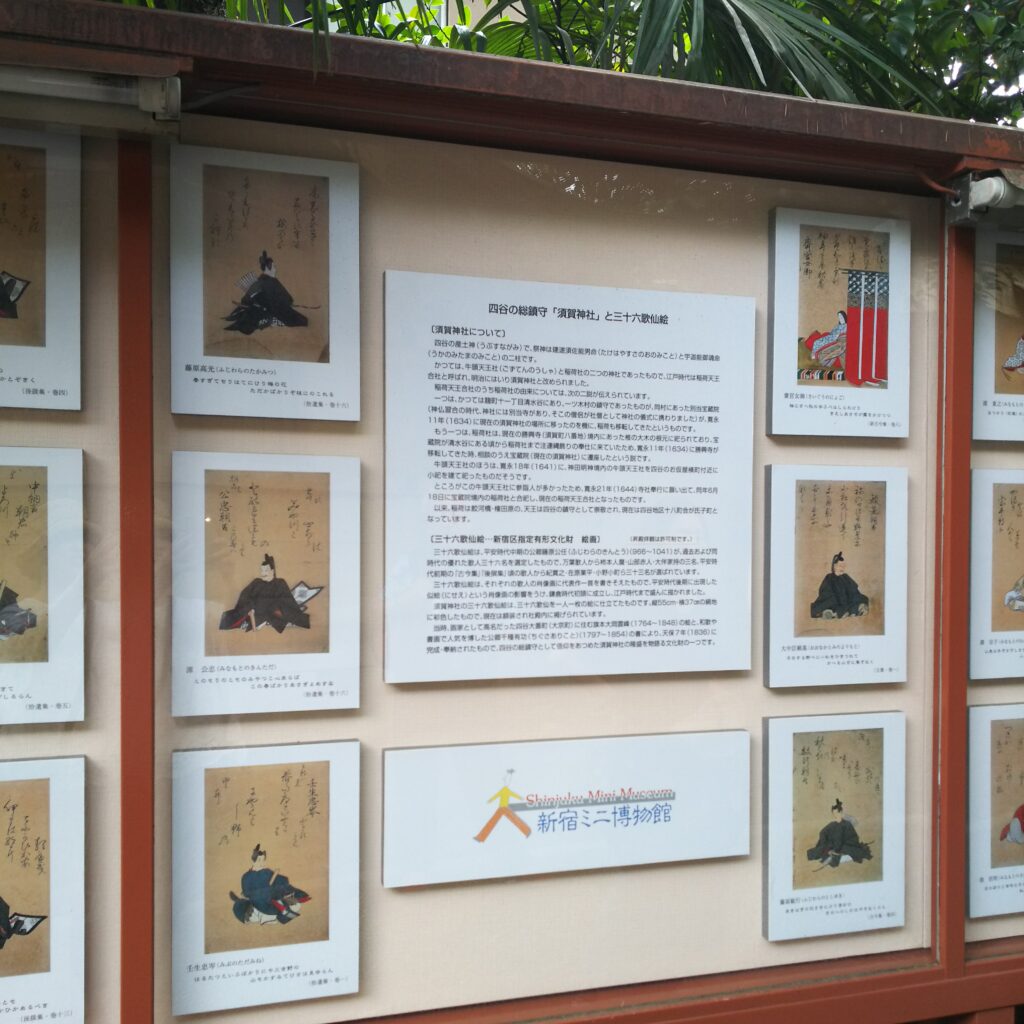
At Suga Shrine, there are 36 portraits of the Thirty-Six Immortal Poets, selected by the court noble Fujiwara no Kintō during the mid-Heian period. These paintings, drawn by Ōoka Unpou and accompanied by poems by Chigusa Arikoto, are designated as tangible cultural properties by Shinjuku Ward.

At Suga Shrine, there are four types of omikuji, but the recommended one is the omikuji with a fan motif.
Yotsuya Kaidan (Oiwa Inari Tamiya Shrine)
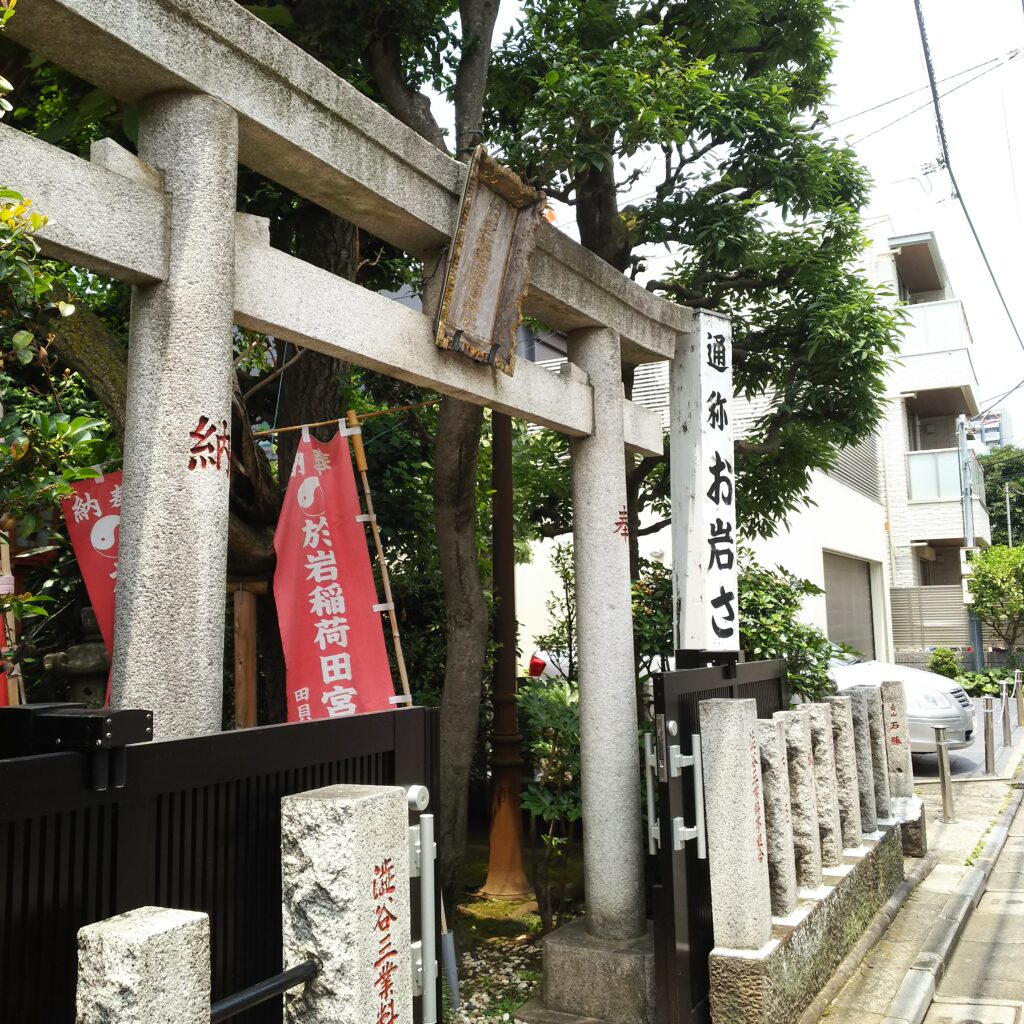
“Yotsuya Kaidan” is a ghost story from the Edo period, created by the playwright Tsuruya Nanboku for the kabuki theater, and its formal title is “Tōkaidō Yotsuya Kaidan”. The main character, Oiwa, is a woman who, after being forced to drink poison, dies in agony and transforms into a grotesque figure, seeking revenge as a ghost. While the couple of Oiwa and her husband are based on real people, but the story is heavily dramatized.
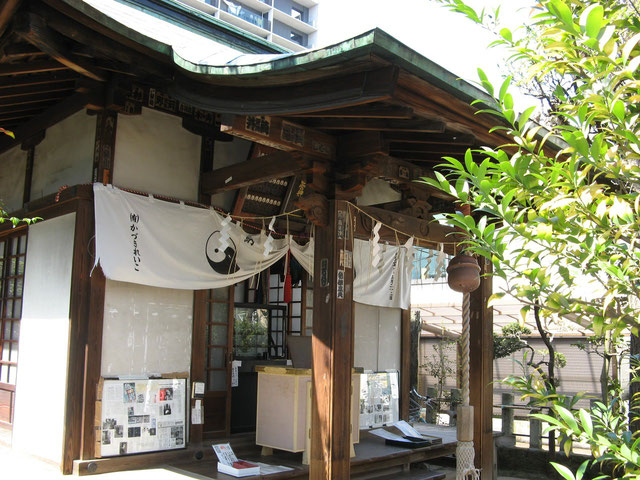
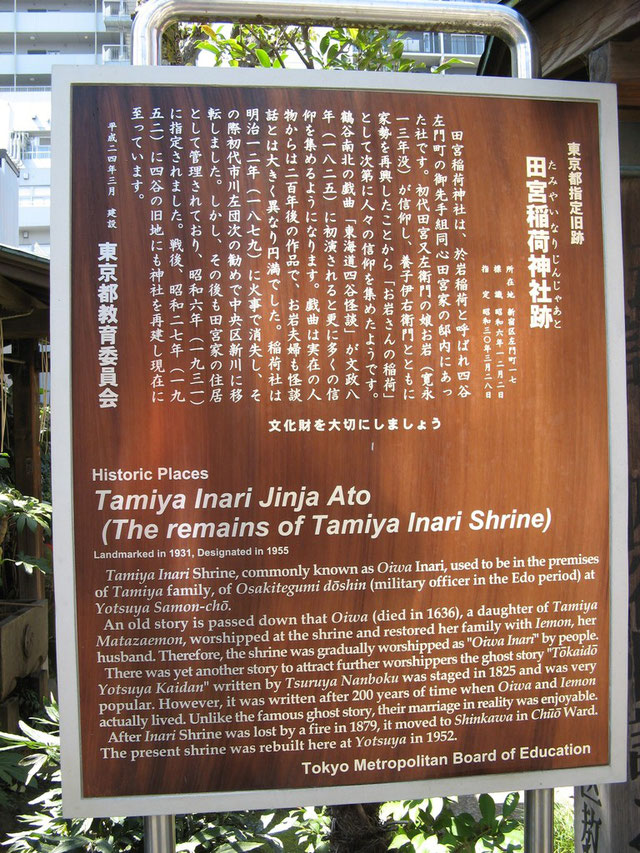
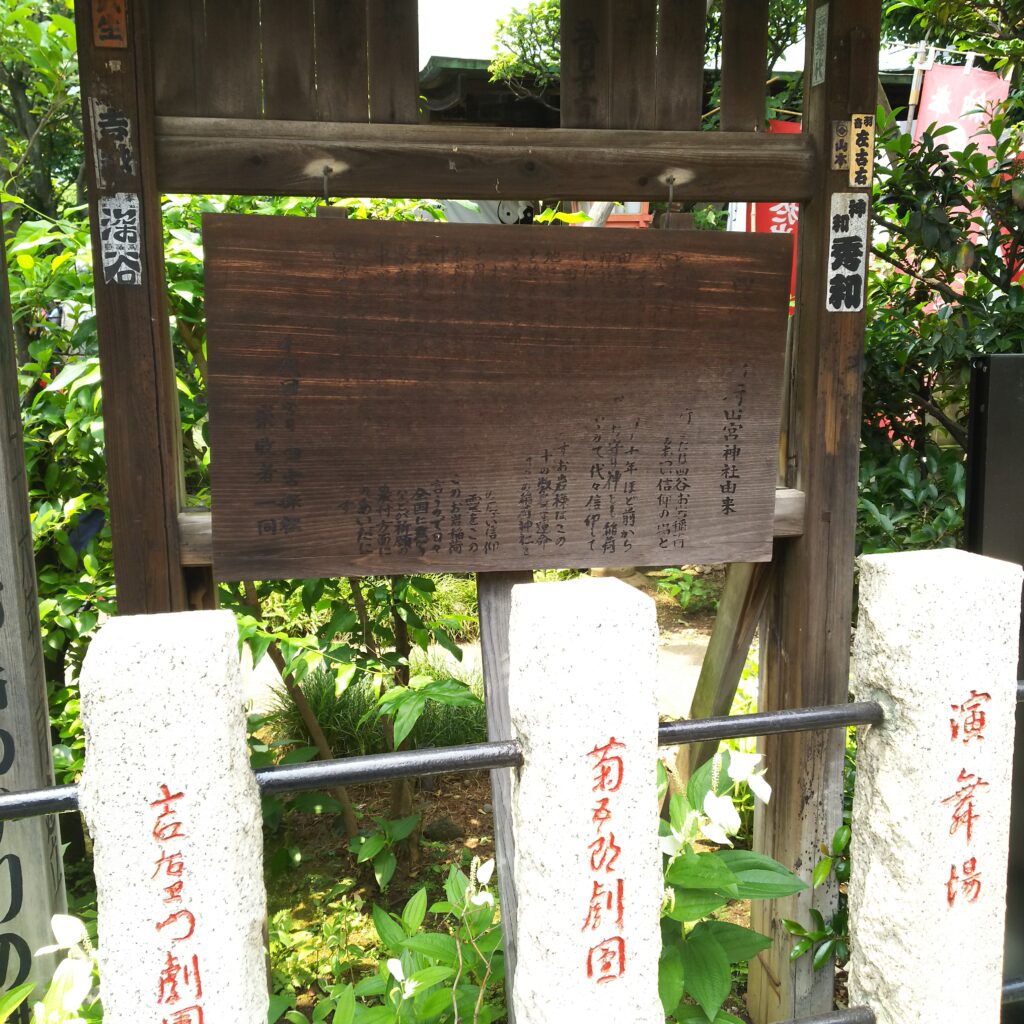
Yotsuya Kaidan reference:wiki→
It is said that Oiwa and Iemon, who married into the Tamiya family, were a loving couple. Iemon worked hard, and Oiwa supported the household as a wise wife, helping to revive the declining Tamiya family. This seems to be the true story. In the society of Edo at the time, Oiwa was considered the epitome of a good wife and wise mother, and her harmonious relationship with Iemon was widely known as an exemplary married couple. Even after Oiwa’s passing, the Inari shrine within the Tamiya family’s premises continued to attract people’s faith. It is believed to have become popular as a shrine for prosperous business or marital harmony, and even now, it remains as “Oiwa Inari Tamiya Shrine”. Moreover, it is said that descendants of Oiwa continue to serve as Shinto priests, protecting the shrine.
As a side note, it seems that Kabuki actors and others who perform stories from “Yotsuya Kaidan” come to this shrine to pay their respects.
Ninja: Who is Hattori Hanzo…
Hattori Hanzo reference:wiki→
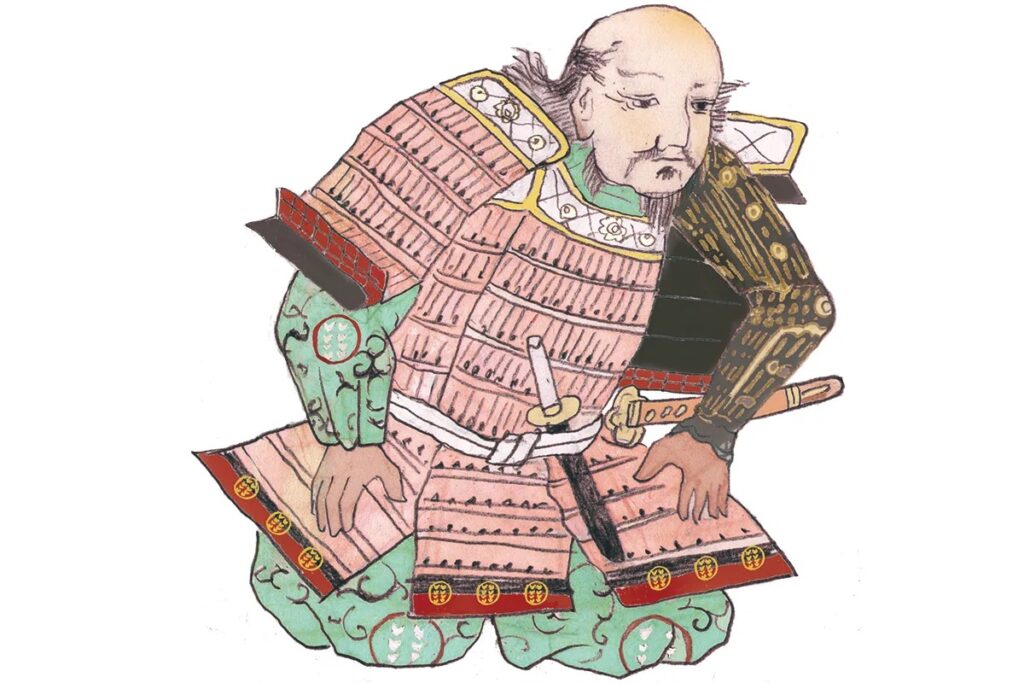
“Hattori Hanzo” is a famous ninja. However, in reality, the name “Hattori Hanzo” does not refer to a specific individual but is a common alias used by the heads of the Hattori family across generations. The first Hattori Hanzo, Hattori Yasunaga, was a ninja from a branch of the Hattori family that split from the main lineage. He served as a ninja to the 12th shogun of the Ashikaga Yoshiharu. Hattori Yasunaga began his career as a ninja under Ashikaga Yoshiharu, but later left the declining Ashikaga shogunate and went to Mikawa Province. There, he became subordinate to Matsudaira Kiyoyasu, the grandfather of the first shogun of the Tokugawa shogunate, Tokugawa Ieyasu. This marked the beginning of the relationship between the Hattori Hanzo family and the Tokugawa family, which was further carried on by the next generation, Hattori Hanzo Masanari. The second Hattori Hanzo, Hattori Masanari, widely known as “Hattori Hanzo,” served Tokugawa Ieyasu and achieved military exploits, becoming a daimyo hatamoto with an income of 8,000 koku. In other words, from the second to the twelfth generations, they were not ninjas. However, it is certain that they commanded Iga ninjas. Tokugawa Ieyasu named one of the gates of Edo Castle “Hanzo-mon” and entrusted the protection to the Hattori Hanzo family. Even today, “Hanzomon Line” and “Hanzomon Station” remain as names for subway lines, preserving their legacy.
The grave of the second Hattori Hanzo Masanari, is located at Sainen-ji Temple (2-9 Wakaba, Shinjuku-ku, Tokyo), an 8-minute walk from Yotsuya Station.
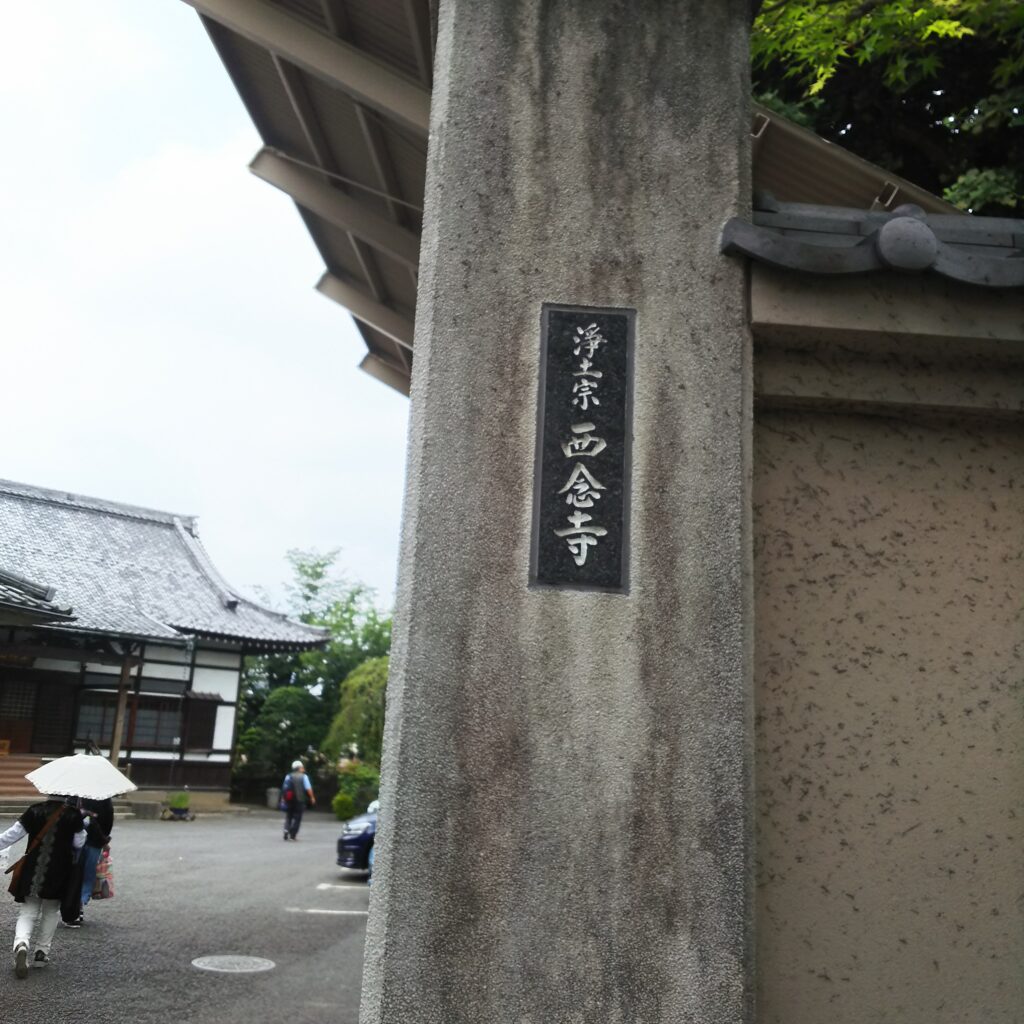
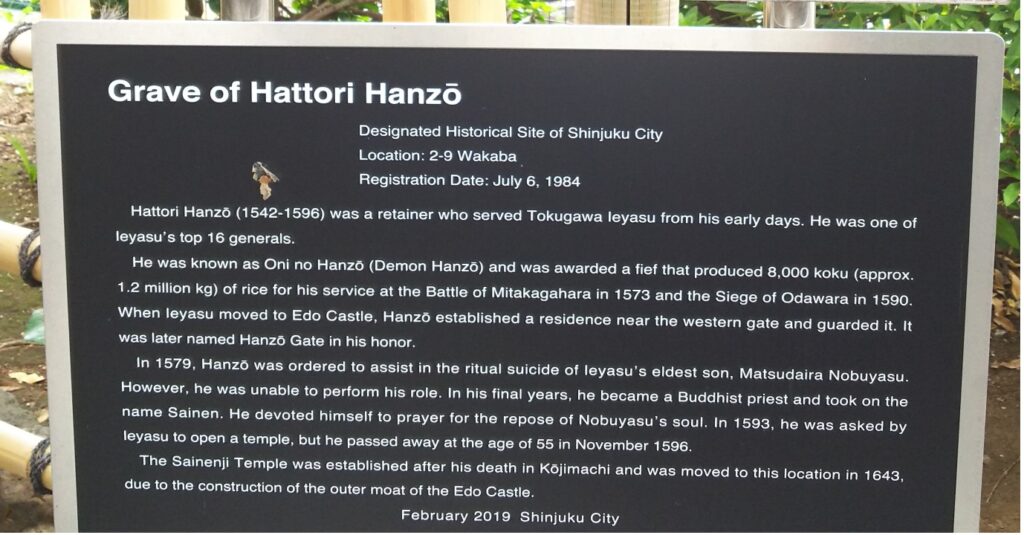

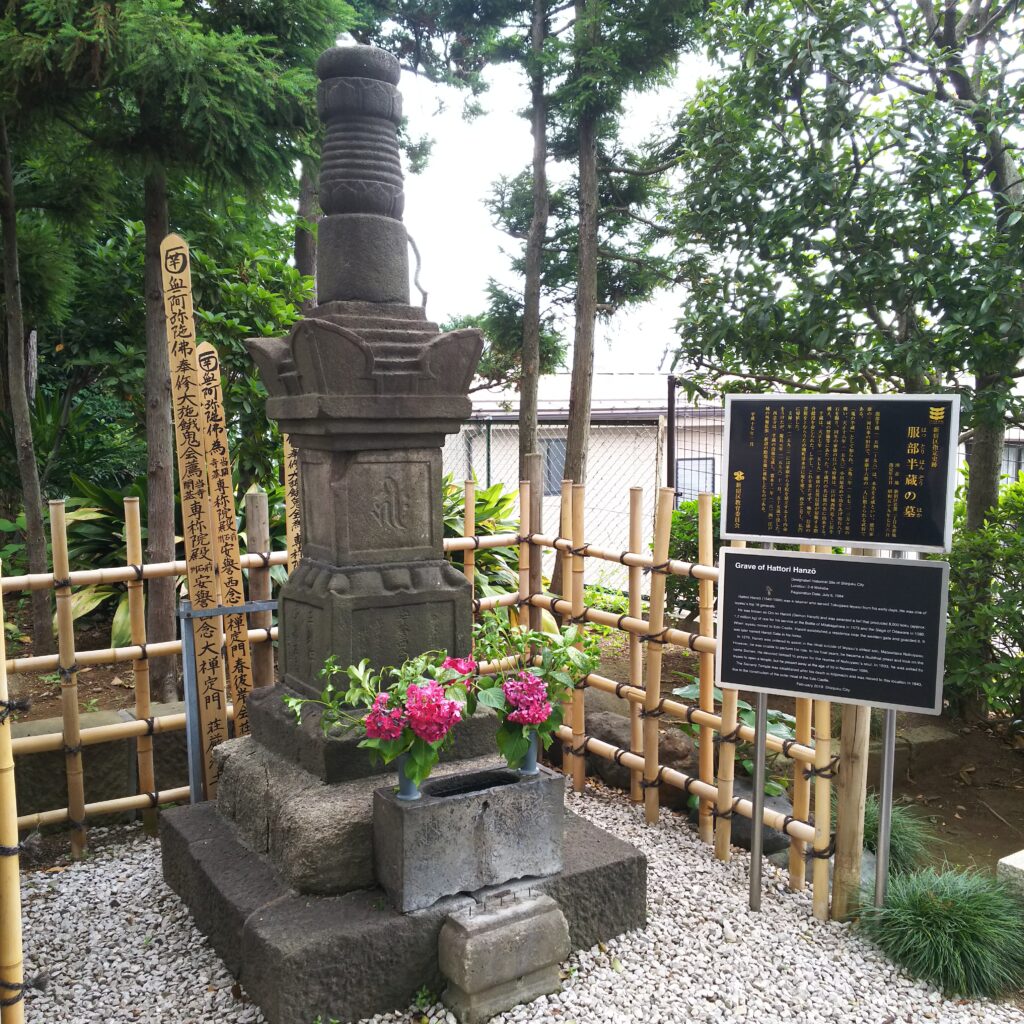
←Grave tour and historical walk